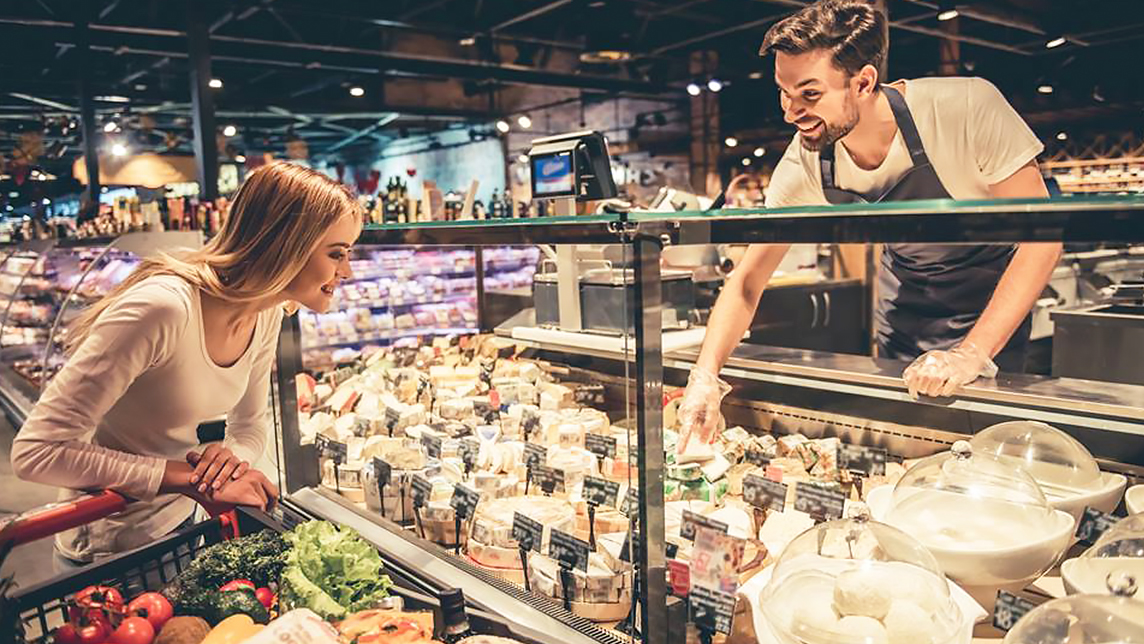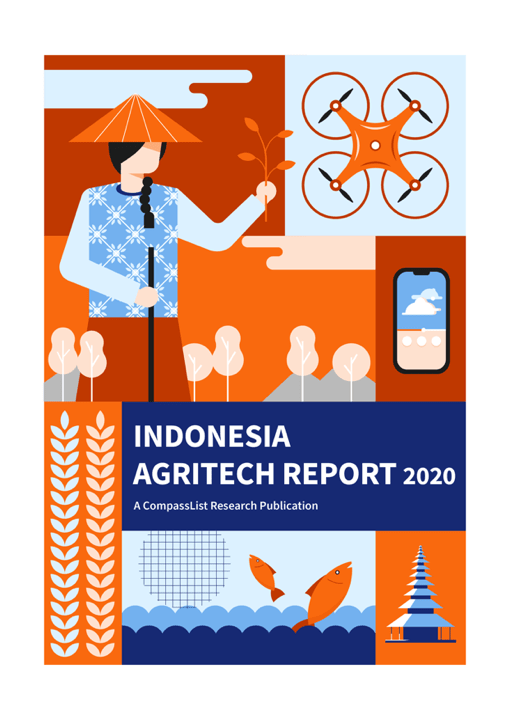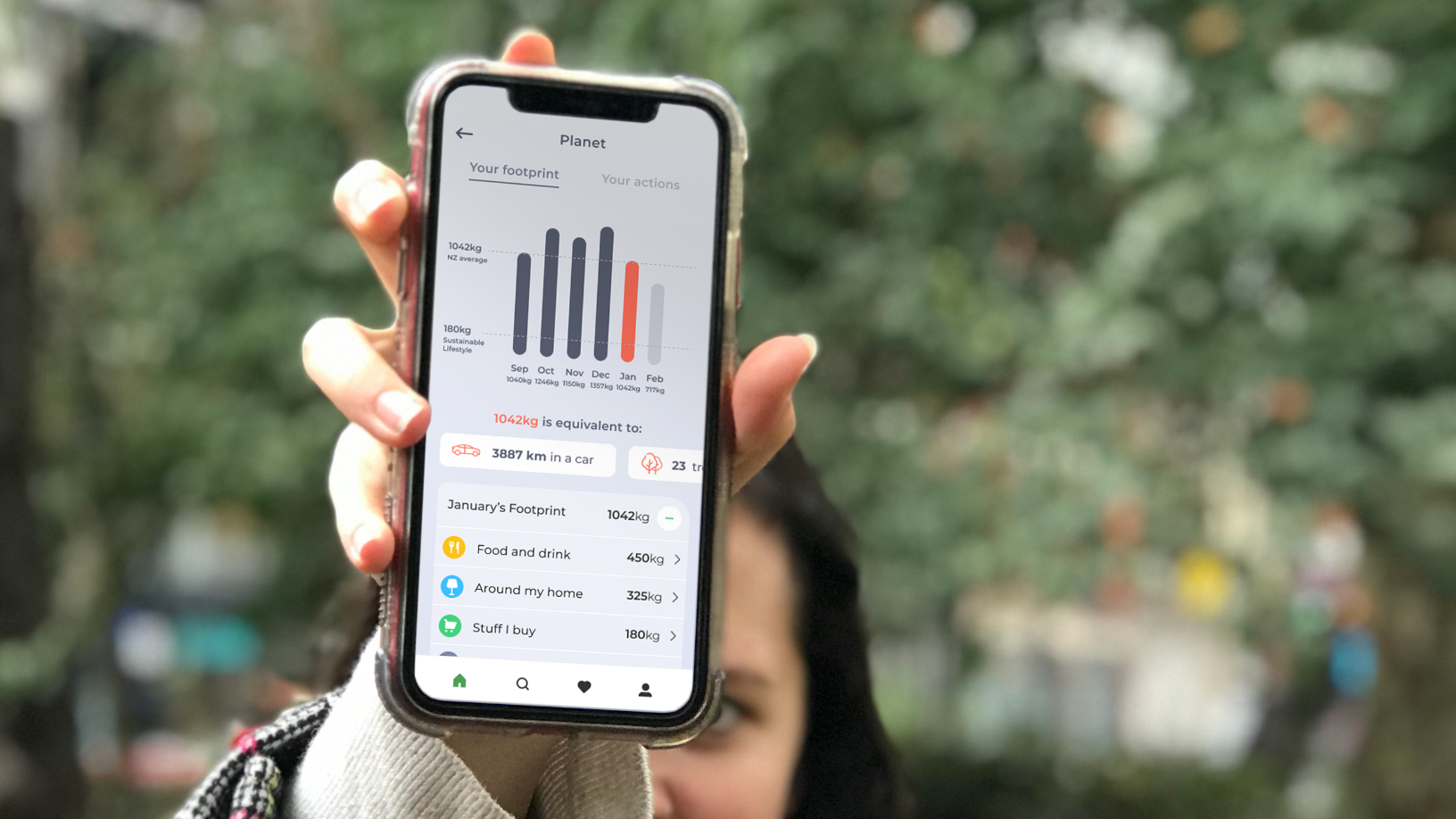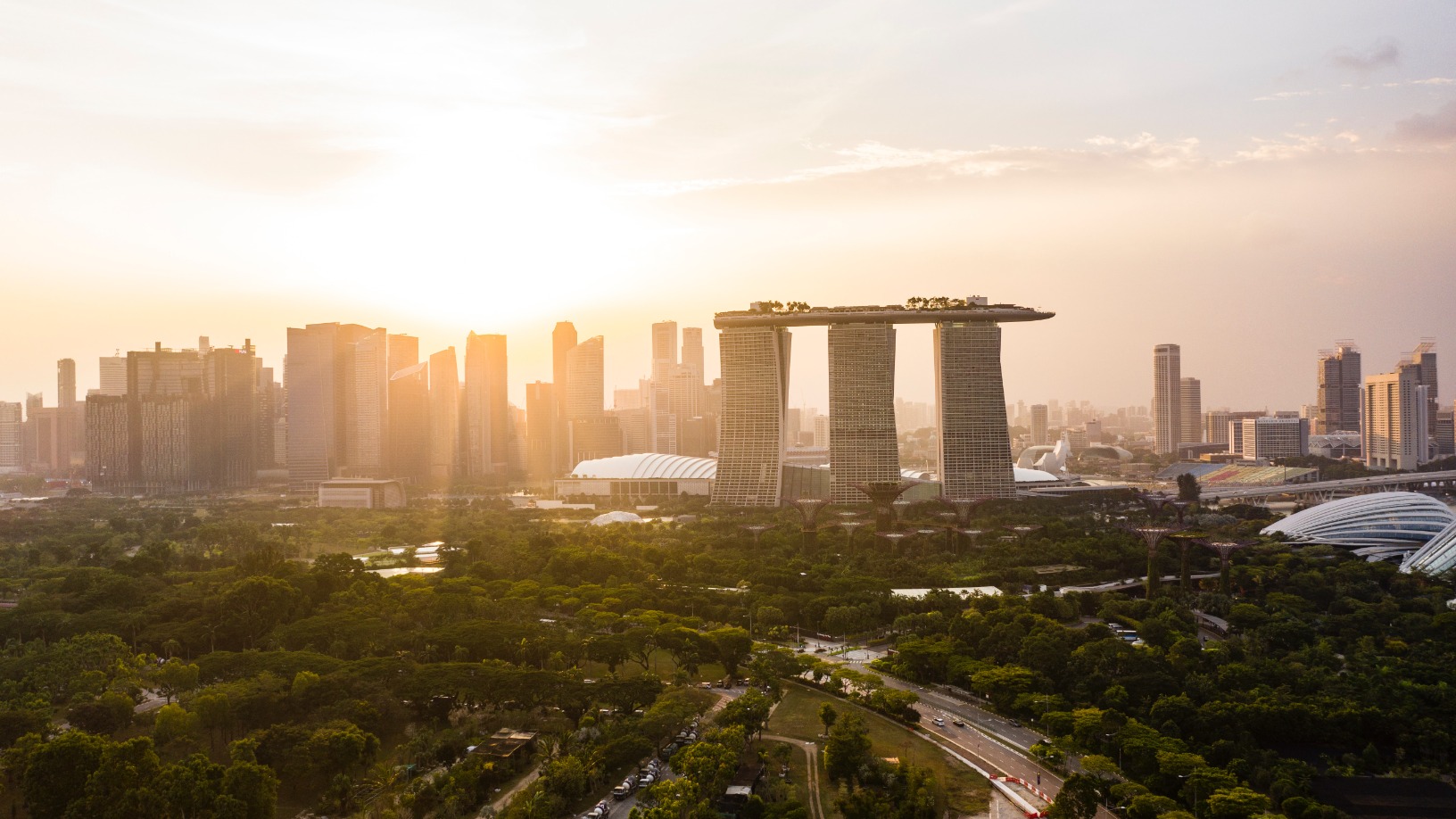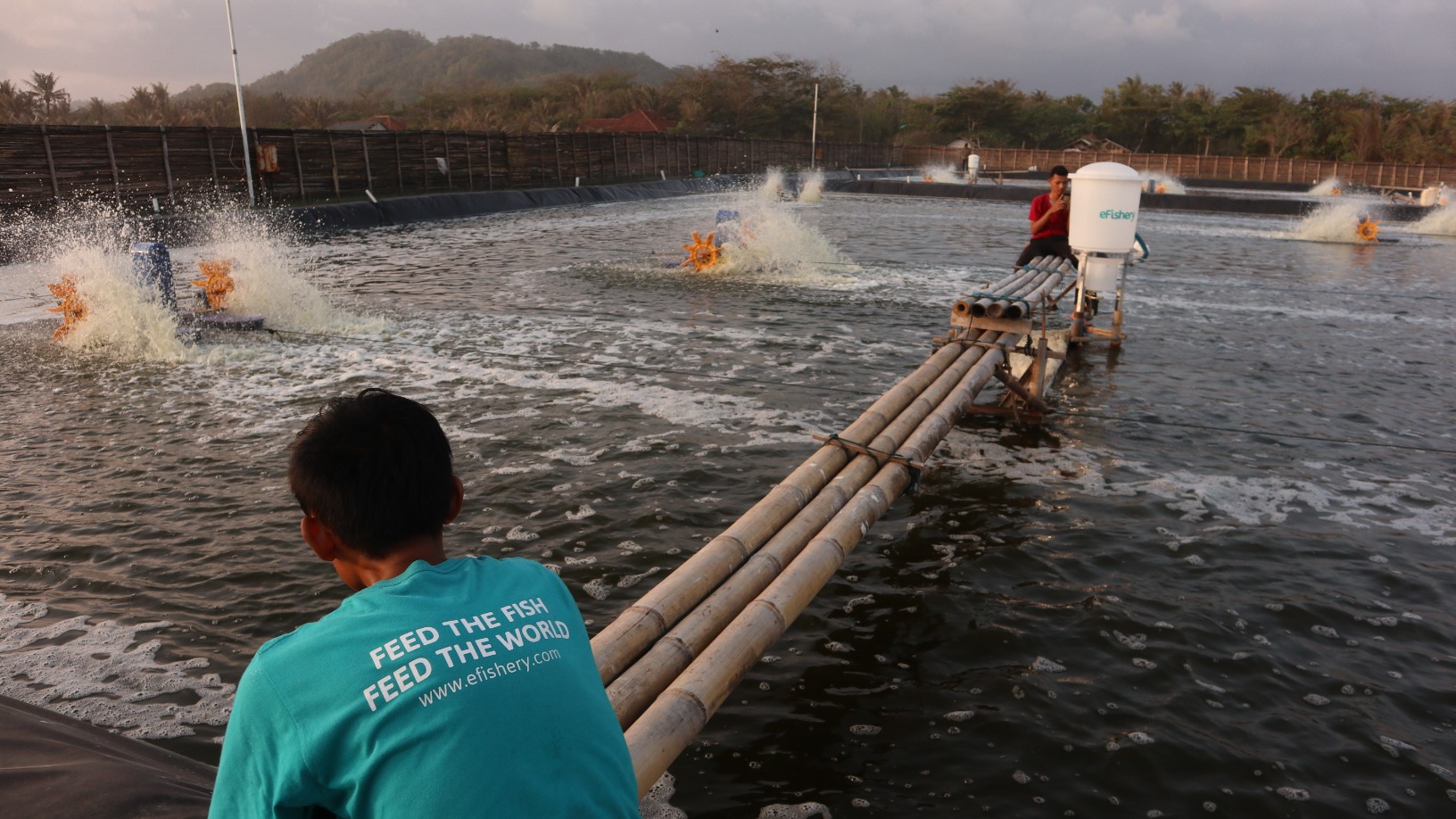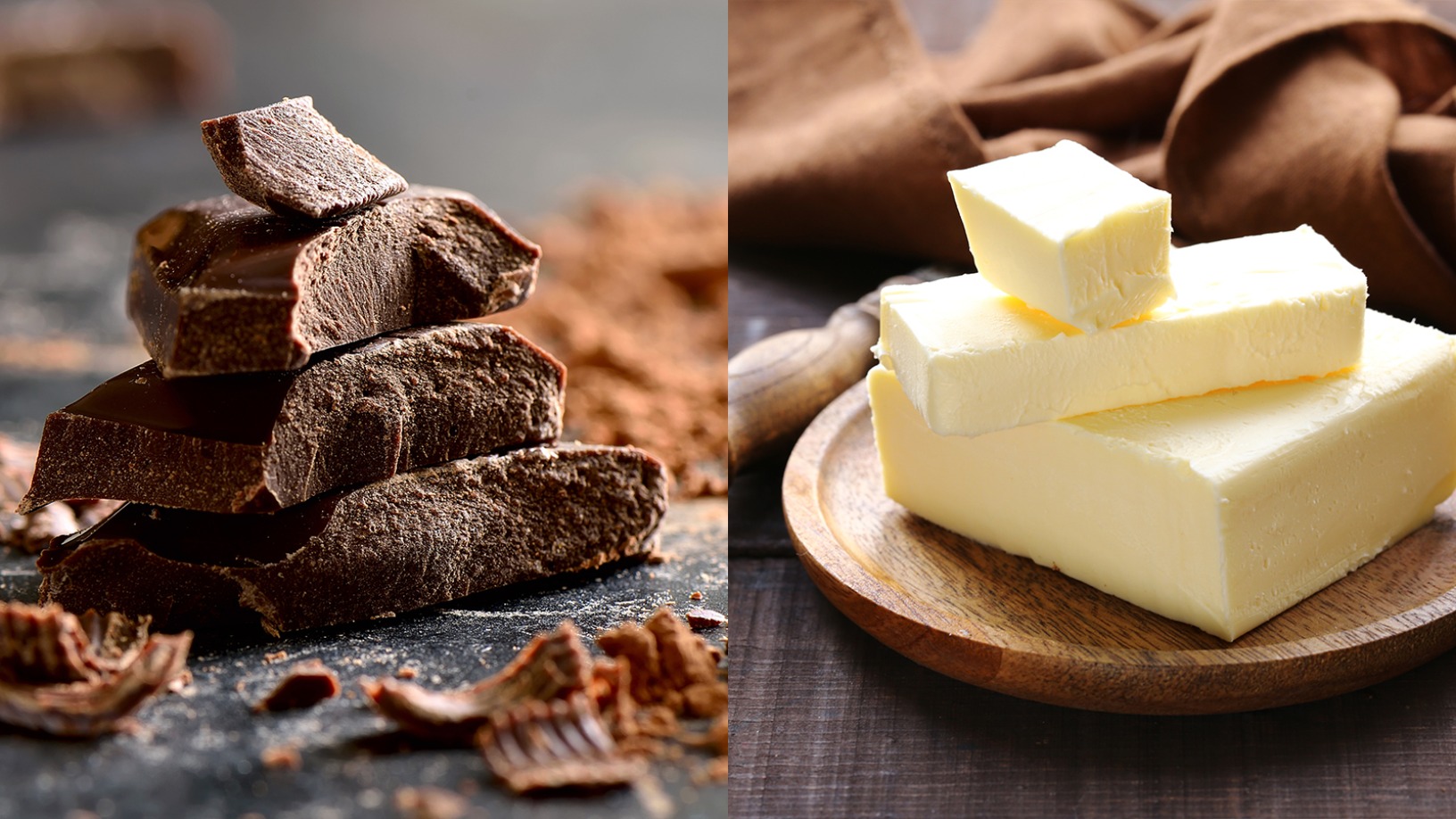With numerous food contamination scandals making headlines in recent years and an increase in ethical shopping worldwide, consumers are increasingly asking for more information about the origins of their food. First, shoppers demanded nutritional information to be included on the packaging. Now, there's also increasing consumer interest in the entire product journey "from farm to fork" due to health and ethical concerns like the reduction of carbon footprints.
NutraSign has come up with a user-friendly solution to give food operators and consumers a tool to trace and follow the food journey. Its traceability app can identify a production batch and its route in seconds. By tapping into existing blockchain networks and shared databases, NutraSign instantly connects everyone involved in the entire food distribution and supply chain.
At the South Summit Madrid 2018, CompassList caught up with Abraham Gómez Toro, the CEO and co-founder of NutraSign. Coming from the world of graphic design and advertising, he started NutraSign without a business model. The technopreneur has also gone into an entirely different industry by launching a road-safety app Watch Out!, to alert children and teenagers to potential traffic dangers.
This interview has been condensed and edited for clarity.
How did you come up with the idea of developing an app that enables consumers to follow their food journeys?
Actually, the idea arose more as a social project than a business. We believe that every time a food scandal occurs, whether due to fraud or contamination, the end consumers lose trust in the brand. For this reason, we wanted to empower the consumers to have greater knowledge of the products they use. In my opinion, the consumers have the right to know where their products come from.
When we did our market research, we found that there's a lot of fraud in Kobe beef, where you pay a premium for the high-quality meat products. Some restaurants claim that the animals come from Japan, only drink beer and are well looked after. But the reality is that not all of it is true. We believe that solutions like ours can help to avoid any trust issues by guaranteeing that the restaurants are indeed selling quality products so that consumers can enjoy the food by knowing its true origin.
Your solution is not only for consumers but also for companies. Is that correct?
Yes. Food sector companies in Spain are not obliged to reveal the origin of the food. But the growing organic market is a sign that consumers are willing to pay more for products that meet certain conditions, like specific origin and quality. We believe that it's a growing trend. Eight out of ten consumers in Europe want to know the origin of their food.
In the future, we believe that disclosure of such data will become compulsory under European regulations. For example, it has become mandatory to indicate the country of origin for dairy products in Spain since September 2018. And when this trend expands, we want to be there in the market.
Your app allows companies in the food sector to improve their traceability systems. What advantages do you think this brings to them?
They may be interested for marketing reasons so that consumers can get certain data. In this sense, a company that provides information through the app will have a comparative advantage over its competitors. They may also be interested because of the type of products they sell that may require the disclosure of product origin data.
On the other hand, in the event of any news or attack that may damage the image of a company, a tool of this type will enable a business to react quickly and provide evidence to refute the fake news; or take action to rectify the situation more quickly.
What kind of data is accessible with the app? How does it benefit consumers?
The app data that can be accessed by users will depend on the type of plan subscribed to, and on the data contributed by the companies. The basic data contained in the free plan is the country origin of the product only, without specifying the originating entity and any quality certificates such as certified organic products. It's understandable that for commercial reasons, perhaps a company does not want to share the names of their providers. In this case, they can maintain the anonymity of their providers and just disclose the place of origin.
In the case of premium or paid plans, other data can also be displayed. It is possible to conduct promotions, or other activities, to increase engagement with the consumers; such as rewarding brand loyalty through the app which may be of interest to consumers like me.
In the end, we are talking about democratizing information which means a true change of rules in the industry. Decentralization and transparency versus lobby. As an additional benefit, our app uses smart tags that can locate a batch of products in seconds. Consumers can even view the route in Google Maps.
Could you explain how the products are registered throughout the product cycle and how the app works?
OK, we are going to use the example of a farm. The farmer has cows, so he must enter the dates of when each cow was born and the health checks for each cow. Farmers already have to give all this data to the relevant authorities, but at the moment, they are not available to consumers. And that's where we want to go if the farmers and businesses agree.
We also know that there is a trend towards precision farming, with the adoption of Eyes Of Things (EOT) devices. Imagine, if the breeders have an EOT device for facial recognition of the cow, there would no need to mark the animals. Positive facial recognition will tell the farmer what happened to each animal on the farm. All this information can be integrated into our app platform and passed on along the chain to the final or end consumers. If a company in the product chain has a provider that has EOT devices, then that data can be integrated.
Next, we have the food processing companies that don't have to register transport data. But this sector will be included in the next phase. We have specific software to track the traceability of processed products like hamburgers and sausages, for example. The next links in the chain are stores and supermarkets where the products are sold directly to the consumers. The ideal scenario is from farm-to-fork. Although that is what we are aiming for, it's not compulsory for everyone in the product chain to register with us, or that the products can be followed from the beginning to end of the cycle. What we want is that farmers should stop using obsolete traceability systems and start using the new technology.
If a problem is detected, how is the source found using NutraSign?
Until now, in cases where some type of contamination has occurred, it has taken a long time to find the source. I can give you an example. In the US last year, there was an outbreak of salmonella that affected more than 220 people. It took more than three months to find the source. The reason is that the regulations require operators to keep traceability data but they don't require operators to use any tool to locate it. As a result, data was fragmented. In this case, four uncontaminated brands were removed from the market as a precaution. This caused huge losses for the farmers, industry, and consumers.
What we want is that when there is an audit, or an inspection by a private entity or by a government authority, it is possible to easily locate all the traceability reports to determine where a product has gone, in a matter of seconds. An interesting fact is that Walmart wants to implement a traceability system supported by blockchain technology for organic products marketed through its supermarkets by 2020. If a giant like Walmart starts to market that trend, I think that's the way the rest will go too.
Storage of the products must also be taken into account as it can also cause problems like the scandal of the salmonella contamination of infant milk by the world's largest dairy producer that sells its products to more than 80 countries. I believe that tools like ours can change the rules of the game in the food industry. Small companies that do things well, but don't have quality certification or resources to reach the whole world, can still affirm the quality of their products in the eyes of consumers by using our app. The key is in the decentralization and transparency that blockchain technology gives to companies. Thus, consumers will have greater power when determining the type of product to purchase.
How does your solution track the products? In addition, do you use existing barcodes or QR codes?
You can locate any record and the production batch in a matter of seconds. It is not the same as accessing Excel spreadsheet data because blockchain technology is used. With NutraSign, you can use filters for tracking. You can even see, in a graphic and visual way, the route taken by the product on the map. But the locations of the providers have to be registered with us to add to our database. We use smart tags, so the route is visible through Google Maps.
One of our value propositions is that we don't force companies to change their packaging, mention us, or give us publicity. We even use their own codes. Barcodes or QR codes are not mandatory on all packaged products. But if they do exist, the NutraSign user can scan the product code with the mobile app, then a window will appear indicating the production sites that have been registered.
You can also search for a certain production batch and see what route it has taken, which supermarkets it has passed through and even know the time that it was delivered. Blockchain technology can reference dates, record sanitary controls and the places the food item has passed through until it reaches the consumer. So blockchain is the heart of the project.
What kind of companies do you target? Do you have any competitors?
We originally designed this solution for farmers, breeders, retailers, supermarkets, distributors, and restaurants. We're open to all types of companies, including those in the food production and distribution chain. However, we're going to run marketing campaigns progressively. In the first year, we'll dedicate all our marketing resources to campaigns for farmers and ranchers. Later, we'll focus on other operators, such as retailers or supermarkets.
We're also clear, however, that the possibilities of our solution are not limited to this area. For example, health centers and hospitals are contacting us so that we can help them with food traceability to benefit their patients. We want to do that too. There're many different market sectors that we could tap into, for example, catering, schools, and airlines.
However, there are several companies that have already developed traceability tools. Three of them are very well positioned in Europe: Ripe-10, OriginTrail, and Te-Food. I think Te-Food has been in the market for two years now and has a very strong position in Southeast Asia.
To differentiate ourselves, we've worked a lot on the interface design to make the product as easy to use as possible. The advantage is that our solution is very simple. Just log in and register as a user. If you have a company in the food chain, you can set up a business profile and start tracking your company's traceability as soon as we have activated your company profile.
Who are your customers and how do you plan to reach them?
At the moment, we are in the process of promoting our service. We've been working on Alpha, the official version of the product for only one week prior to this interview. Previously, we were working on Beta to test and improve the application.
In Spain, there are 35,000 agri-food companies. In the beginning, we're going to target farmers and ranchers, though the application is open to all operators. We hope to reach out to about 1,900 companies this year.
Although you started without a business model, what is your business model now? How long have you been working on the app?
We started without a business model because we wanted to offer the solution and see what happened. Then, we realized that we need more investment. We've dedicated a total of eight months to the app, because in the end we had to accelerate it. In the beginning, we were on Beta. But we moved to the official Alpha version last week.
Developing a free tool was part of our mission. However, we realized that we could give users the option to pay for additional functions. It's largely a freemium business model with limitations. We also have agreements with key partners, such as the companies that develop the devices, so that our application is included in their devices by default.
We currently have four plans. The starter model is completely free and is targeted at companies that don't have enough resources to pay for the latest technology. They can try our free traceability registration system before opting to upgrade later. For medium-sized companies, we offer a standard plan at an affordable price of €99 per month, or the premium plan costing €150. Finally, the enterprise plan is really different, with predetermined templates. It is designed for large businesses and can be customized according to each client's needs.
Have you encountered any major hurdles or boosts since the company was founded in June 2018?
Global traceability is a disaster. Many companies keep data written on paper, or in Excel or Word. Therefore, when contamination occurs, data is so fragmented that finding the original source of contamination is a problem. We thought about it and we wanted to provide an integration tool that was easy to use to quickly find the source of contamination.
But the challenge for us is to change the conservative mindset and practices in the agriculture and livestock sectors. Many companies don't want to share their information. They're afraid to disclose the origins of their products. We want to fight against this tendency, and democratize the information.
Since the company was only founded in June 2018, it is a real success for us to be among the 100 finalist startups of the South Summit 2018. In addition, we're soon going to enter an accelerator program Andalucia Open Future's Cube.
Can you tell us about your funding and investment levels?
We must have invested about €6,000. We've started planning a first funding round where we hope to obtain €300,000 as equity because that's the amount we need to carry out the whole work plan. It's important to note that the team is not receiving salaries. The money would go basically to open sales channels, online and offline marketing, visits to fairs and sales plans so that both the consumers and food production chain operators know that we exist and are aware of what we're doing.
Could you tell us about the background of the founders and your team?
There are three co-founders. Our COO Rosa López Monis is a molecular biologist, a nutritionist, and a microscopist. She was the first person to whom I mentioned the idea, so she could help me to understand how to transfer a company's traceability procedures to a digital application. She has a master's in Nutrition and Dietetics and a master's in Clinical Analysis. She has written several books on health and nutrition. She is a specialist in nutrition, food safety, and health.
Our CTO Enrique Alcázar Garzas has a double degree in Computer Science and Business Administration from Carlos III University in Madrid. He works as a professor at the Autonomous University of Madrid. He is skilled in databases, Java, Unity3d and C#. He is also a specialist in blockchain technology and has team management experience. Previously, he worked in South Korea at Grant Thornton. He has also managed blockchain projects for large clients such as Santander Bank. He was also involved in other startup projects like Natureh. He helped us to integrate our app into the blockchain network which is the core of our project.
I'm the CEO and I come from the advertising world. I spent seven years working in an agency in my native Venezuela. Then I went to study for two years in Ireland. Later I came to Spain where I've lived for five years. Since I've been in Europe, I've worked more in the world of mobile applications, interface design, and user experience.
We are a team of nine including the co-founders. I'd previously worked with most of them, except for Enrique Alcázar. However, I'd been following Enrique’s work because he's a very active person within the blockchain community. For that reason, I contacted him and told him my idea. He liked it and since then, we've been working as a team. He's also recruited another developer who had worked with him at Grant Thornton. I am happy because now we have access to another level of development.
What are your future objectives?
We have our headquarters in Huelva in Andalusia. For now, we are going to focus our resources on the Spanish market. However, we've had an international approach from the beginning because the app is also being tested in Chile and we are in talks with companies in Ireland. A digital tool does not have limits to scalability.
Our next objective is to expand in Europe and Latin America. This technology has no competition in Latin America, and we want to be the first to take it there. But the extent of internationalization will depend on the funding we can get. If we get more than the amount I mentioned, we can grow faster.
In the medium to long-term, we want to be in the top five of traceability solutions for agri-food companies. We have a competitive advantage since our application is faster than other solutions, this can push our ranking up into the top five globally.
